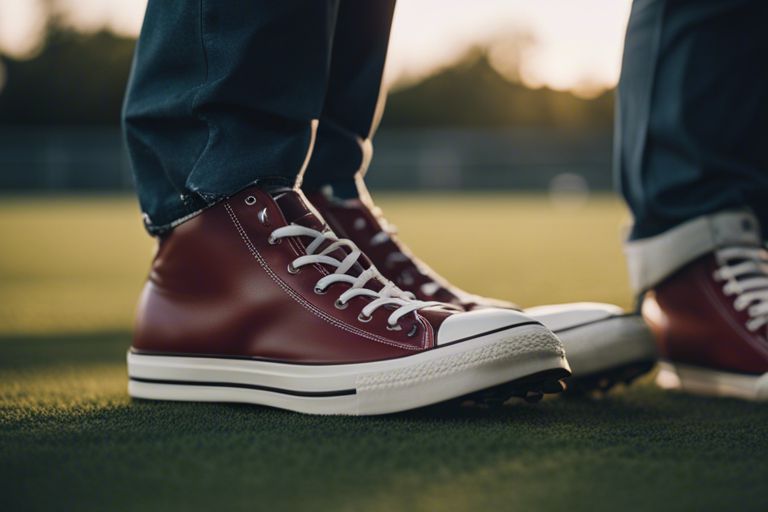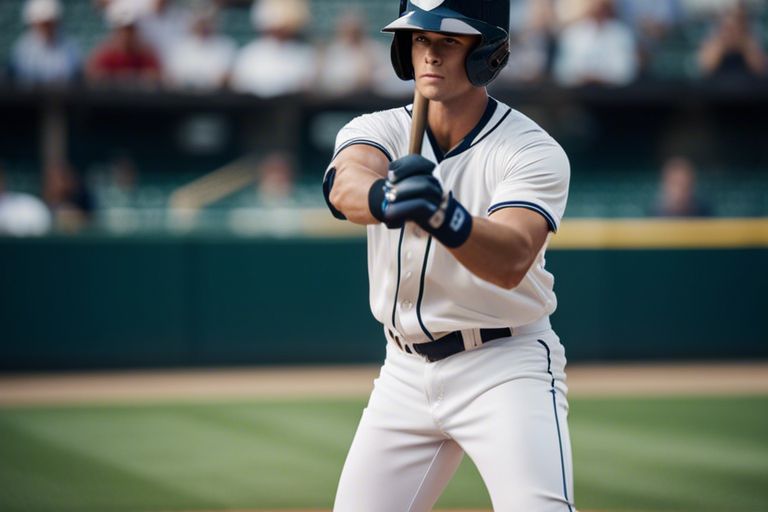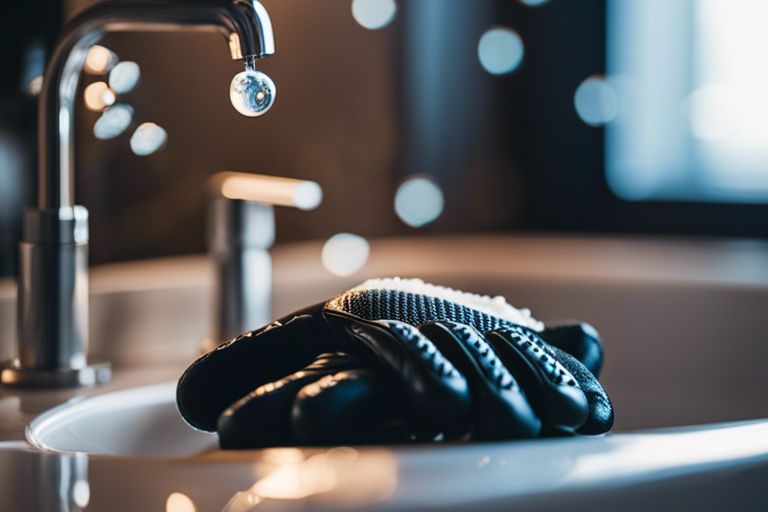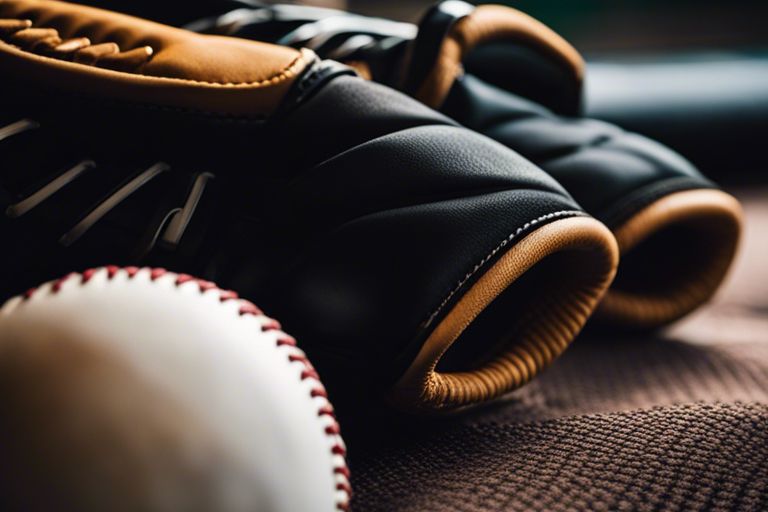Baseball cleats have long been an necessary piece of equipment for players, providing traction and stability on the field. However, in modern play, there is a growing debate surrounding the use of metal cleats. With advancements in technology and the development of alternative cleat materials, many players and coaches are reevaluating the necessity of metal spikes in today’s game. In this blog post, we will explore the reasons behind this shift and examine whether metal baseball cleats are indeed becoming obsolete in modern play.
Key Takeaways:
- Metal Cleats Provide Superior Traction: Metal baseball cleats offer better traction on dirt and grass surfaces, enhancing a player’s speed and stability during play.
- Regulations and Field Requirements: Some leagues and fields have restrictions on cleat types, with metal cleats often being banned due to their potential to cause injury to players or damage to playing surfaces.
- Advancements in Technology: With advancements in material and design, modern turf and molded cleats can provide similar traction to metal cleats while offering more versatility and comfort, making them a popular choice among players.
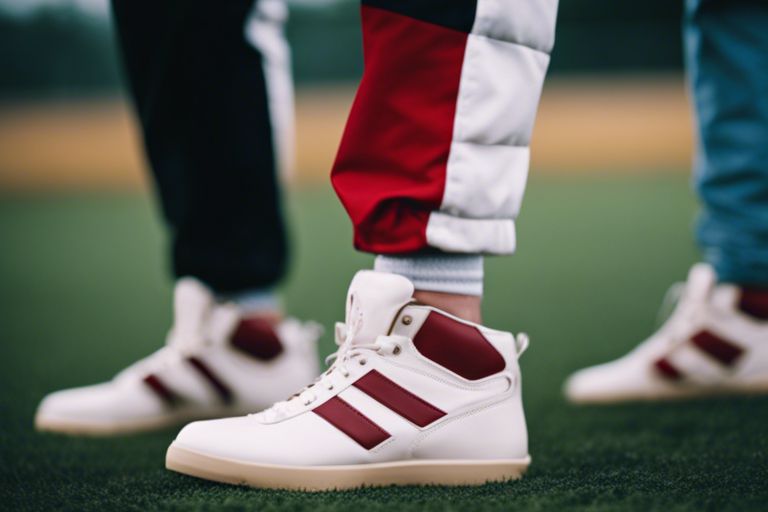
Evolution of Baseball Cleats
History of Cleat Development
One of the earliest forms of baseball cleats can be traced back to the 19th century when players began adding spikes or nails to the soles of their shoes for better traction on the field. Over time, these rudimentary cleats evolved into the more advanced designs we see today.
Transition from Metal to Alternative Materials
To address safety concerns and optimize performance, baseball cleats have transitioned from traditional metal spikes to alternative materials such as rubber, plastic, and molded cleats. This shift has been influenced by regulations in various leagues aiming to minimize injuries and improve player mobility on the field.
Evolution of baseball cleats has been inevitable as advancements in technology and research have led to the development of lighter, more durable materials that offer comparable traction to traditional metal spikes. While some players still prefer the feel of metal cleats, the growing trend towards alternative materials signals a changing landscape in modern baseball play.
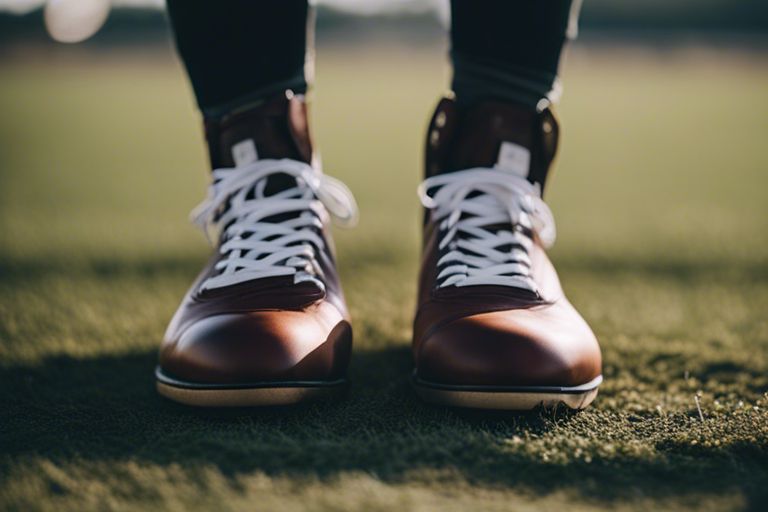
Benefits of Metal Baseball Cleats
Durability and Performance
Some players still swear by metal baseball cleats due to their unmatched durability and performance on the field. Metal cleats are known to last longer than their molded counterparts, especially when playing on hard, compact surfaces like dirt and clay fields. The sturdy construction of metal cleats provides excellent support and traction, allowing players to dig into the ground without worrying about premature wear and tear.
Traction and Stability on Different Playing Surfaces
To maximize traction and stability on different playing surfaces, metal baseball cleats offer an advantage over other types of cleats. Whether playing on grass, turf, or dirt, metal cleats provide superior grip and traction to prevent slipping or sliding during crucial moments in the game. With strategically placed metal spikes, players can push off the ground with confidence, making quick sprints or pivots without losing their footing.
Additionally, the metal spikes on baseball cleats are ideal for wet conditions, as they can penetrate the soft ground to maintain traction where molded cleats might slide. This adaptability makes metal cleats a preferred choice for players who compete in a variety of outdoor conditions throughout the season.
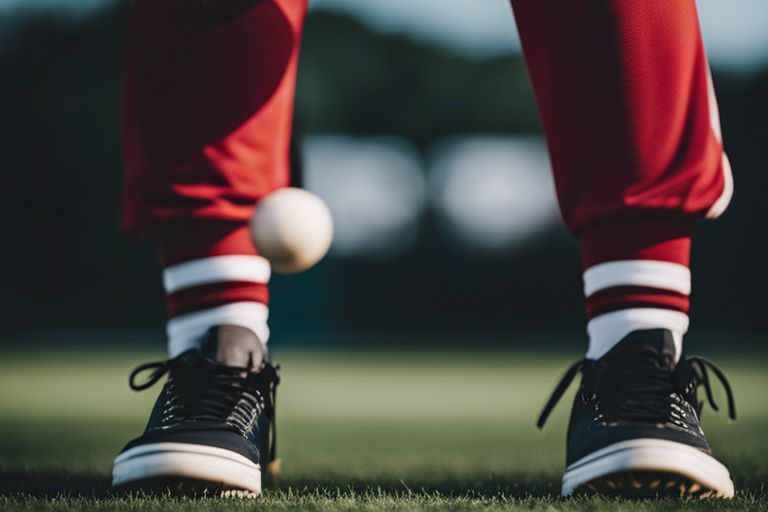
Reasons for Declining Usage
Safety Concerns and Injury Risks
An important aspect leading to the declining usage of metal baseball cleats is safety concerns and injury risks. Metal cleats have been associated with higher chances of causing injury to players on the field, especially when sliding or colliding with others. To better understand the types of cleats allowed in baseball, check out What types of cleats are allowed in baseball?.
Regulations and League Preferences
League regulations and preferences also play a significant role in the declining usage of metal baseball cleats. Many youth and amateur leagues now prohibit or discourage the use of metal cleats due to safety concerns and field maintenance issues. Understanding these regulations and the shift towards alternative cleat options like molded or turf shoes is imperative to adapt to modern play styles.
Alternatives to Metal Cleats
Advancements in Synthetic Materials
To keep up with the demand for lightweight and durable footwear, manufacturers have made great strides in developing synthetic materials that mimic the performance of metal cleats. These materials offer players a comfortable and versatile option without sacrificing traction on the field.
Popularity and Efficiency of Plastic and Rubber Cleats
With advancements in technology, plastic and rubber cleats have gained popularity for their lightweight design and durability. Many players appreciate the flexibility and comfort these materials provide, making them a desirable option for various playing conditions.
Plastic and rubber cleats have also shown efficiency in providing adequate traction on the field while ensuring player safety. These cleats offer a cost-effective alternative to traditional metal spikes, making them a practical choice for players of all levels.
To wrap up
As a reminder, while metal baseball cleats have been the traditional choice for players for many years, modern advancements in footwear technology have made alternatives like molded plastic cleats increasingly popular. While metal cleats still offer excellent traction on the field, their weight and the risk of injury to other players have led many leagues and organizations to ban their use. Ultimately, the decision on whether to use metal baseball cleats in modern play comes down to personal preference, safety considerations, and adherence to league regulations.
FAQ
Q: Are metal baseball cleats becoming obsolete in modern play?
A: While metal baseball cleats were once a popular choice among players, there has been a shift towards non-metal options in modern play. Many leagues and associations have banned metal cleats due to safety concerns, leading to the rise of alternatives such as molded plastic and rubber cleats.
Q: What are the reasons behind the decline in metal baseball cleats usage?
A: The main reasons behind the decline in metal baseball cleats usage are concerns over player safety and field preservation. Metal cleats are known to cause more injuries, both to the wearer and other players, due to their sharp spikes. Additionally, metal cleats can damage playing surfaces, making them less practical for use on many fields.
Q: Are there any advantages to using metal baseball cleats in modern play?
A: While the trend may be moving towards non-metal cleats, there are still some advantages to using metal baseball cleats. Metal cleats provide excellent traction, especially on softer ground, and can help players maintain their footing during quick movements. Some players also prefer the feel and durability of metal cleats, despite the safety and maintenance concerns.

